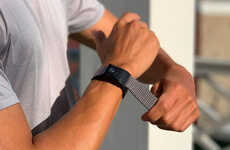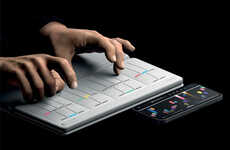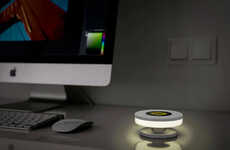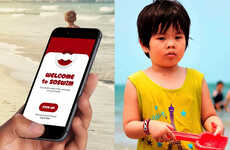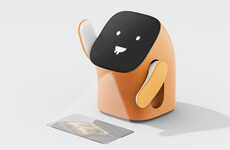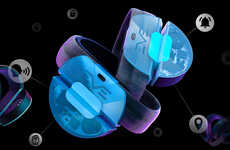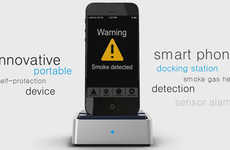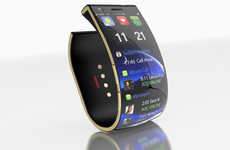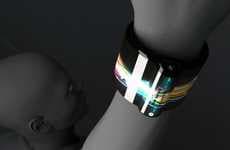
Konstantin Datz's 'Wristband for Deaf People' Translates Sound into Images
Michael Hines — July 2, 2010 — Lifestyle
References: konstantindatz.de & walyou
Konstantin Datz's aptly-named 'Wristband for Deaf People' could help make the world a safer place for the hearing-impaired. This wristband, along with a belt-attached device, translates and puts a picture to sounds in the world.
Anything from danger to joy could be captured by Konstantin Datz's design. If there is trouble afoot, the wristband will even vibrate to alert the wearer. Designs like this will help make the world a better and safer place for those who are hearing impaired.
Anything from danger to joy could be captured by Konstantin Datz's design. If there is trouble afoot, the wristband will even vibrate to alert the wearer. Designs like this will help make the world a better and safer place for those who are hearing impaired.
Trend Themes
1. Sound Translating Devices - Developing devices that translate sound into visual images can revolutionize communication for the hearing-impaired.
2. Assistive Wearable Technology - The integration of wearable technology, like the 'Wristband for Deaf People,' can provide new solutions for accessibility and inclusivity.
3. Enhanced Safety Technology - Utilizing vibrating alerts and visually depicted sound signals can enhance safety and awareness for the hearing-impaired population.
Industry Implications
1. Wearable Technology - The wearable technology industry has an opportunity to explore and develop devices specifically designed for the hearing-impaired community.
2. Accessibility Technology - The field of accessibility technology can benefit from advancements in sound-to-image translation, opening up new possibilities for inclusivity.
3. Safety and Security - Incorporating sound visualization and vibrating alerts into safety and security systems can improve emergency response for individuals with hearing loss.
3.3
Score
Popularity
Activity
Freshness

